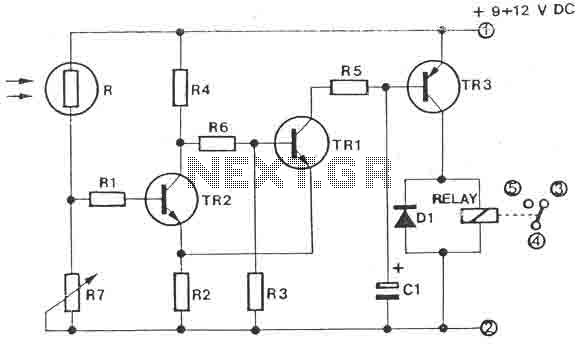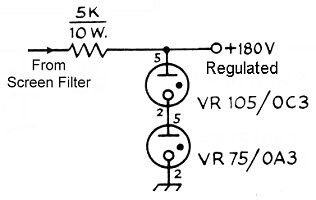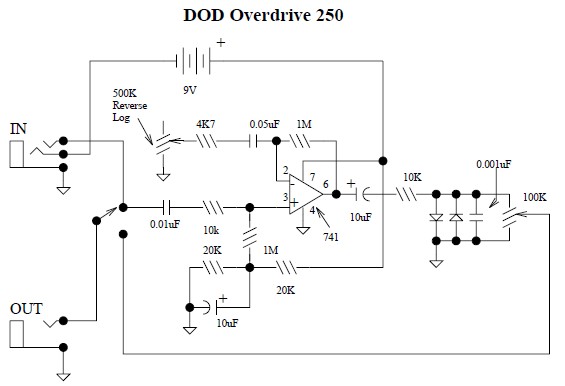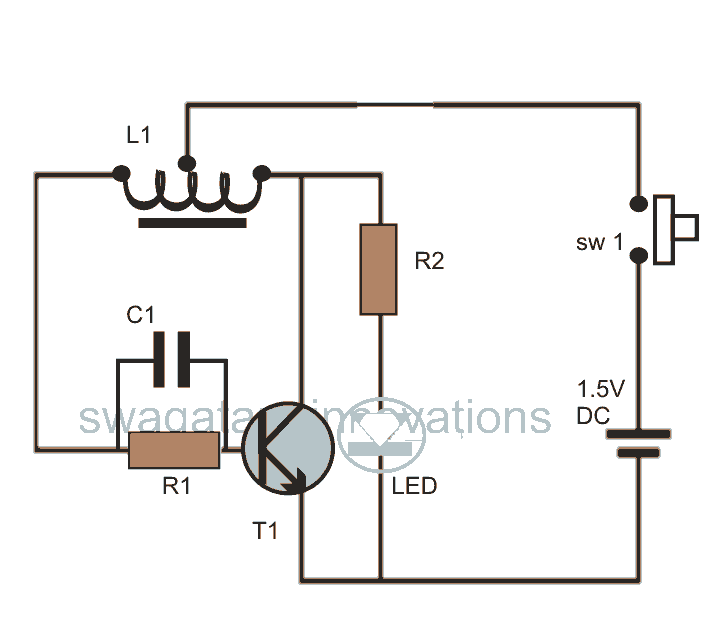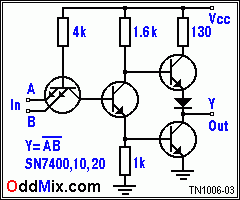
Dual power supply DC power supply circuit
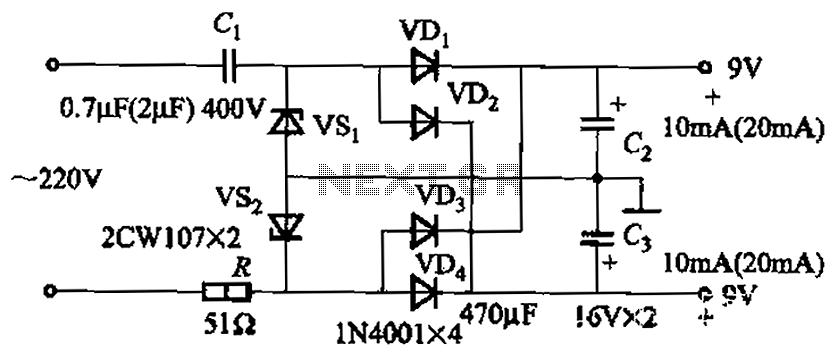
The circuit's output current capacity is influenced by the bulk capacitor Cl. When the capacitance of Cl is changed from 0.7 µF to 2 pF, the output current can be increased from approximately 10 mA to around 20 mA, as determined by testing.
The circuit under consideration demonstrates the relationship between output current capacity and the characteristics of bulk capacitors, specifically Cl. In this case, Cl serves as a key component that stabilizes voltage levels and enhances the overall performance of the circuit.
When the capacitance of Cl is adjusted from 0.7 µF to 2 pF, significant changes in output current are observed. The output current is initially measured at approximately 10 mA with the 0.7 µF capacitor. Upon reducing the capacitance to 2 pF, the output current increases to around 20 mA. This increase can be attributed to the reduced reactance at higher frequencies, allowing for more efficient current flow through the circuit.
The circuit's design should ensure that the bulk capacitor is placed strategically to minimize inductive effects and enhance stability. Additionally, the choice of capacitor type (e.g., ceramic, tantalum) can further influence performance, as different materials exhibit varying equivalent series resistance (ESR) and temperature coefficients.
To optimize the output current capacity, it is essential to consider the entire circuit layout, including the power supply, load characteristics, and any additional filtering components. Proper PCB design practices, such as minimizing trace lengths and using ground planes, can also contribute to improved performance and reliability.
In summary, the relationship between the capacitance of Cl and output current capacity is crucial for circuit design. Adjusting the capacitance not only impacts current flow but also emphasizes the importance of careful component selection and layout in achieving desired performance metrics. Circuit output current capacity and bulk capacitors Cl, and when the Cl o. 7vtF changed when 2pF, the output current can be increased at each end lOmA around 20mA, as determine d by the test.
The circuit under consideration demonstrates the relationship between output current capacity and the characteristics of bulk capacitors, specifically Cl. In this case, Cl serves as a key component that stabilizes voltage levels and enhances the overall performance of the circuit.
When the capacitance of Cl is adjusted from 0.7 µF to 2 pF, significant changes in output current are observed. The output current is initially measured at approximately 10 mA with the 0.7 µF capacitor. Upon reducing the capacitance to 2 pF, the output current increases to around 20 mA. This increase can be attributed to the reduced reactance at higher frequencies, allowing for more efficient current flow through the circuit.
The circuit's design should ensure that the bulk capacitor is placed strategically to minimize inductive effects and enhance stability. Additionally, the choice of capacitor type (e.g., ceramic, tantalum) can further influence performance, as different materials exhibit varying equivalent series resistance (ESR) and temperature coefficients.
To optimize the output current capacity, it is essential to consider the entire circuit layout, including the power supply, load characteristics, and any additional filtering components. Proper PCB design practices, such as minimizing trace lengths and using ground planes, can also contribute to improved performance and reliability.
In summary, the relationship between the capacitance of Cl and output current capacity is crucial for circuit design. Adjusting the capacitance not only impacts current flow but also emphasizes the importance of careful component selection and layout in achieving desired performance metrics. Circuit output current capacity and bulk capacitors Cl, and when the Cl o. 7vtF changed when 2pF, the output current can be increased at each end lOmA around 20mA, as determine d by the test.
